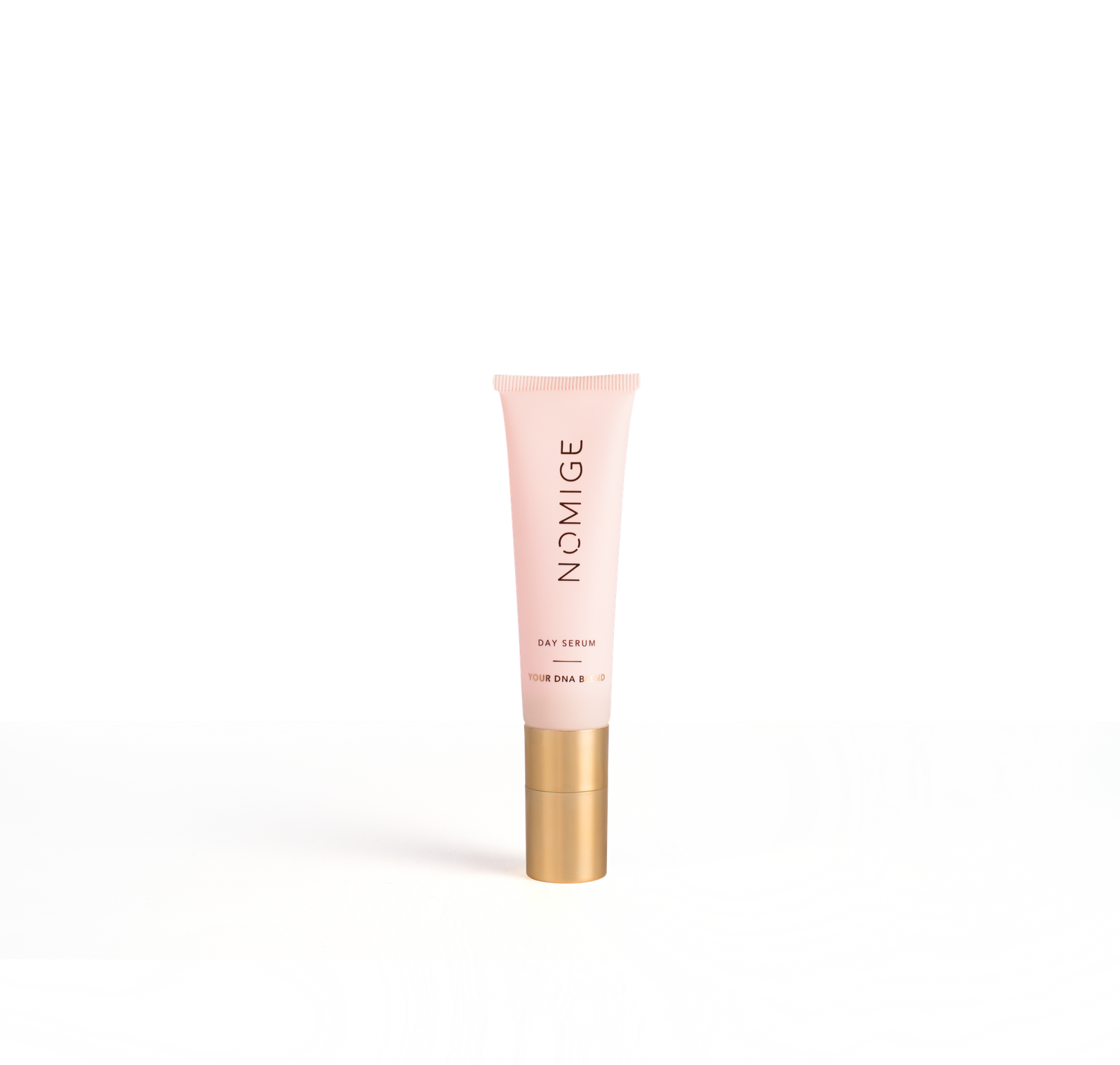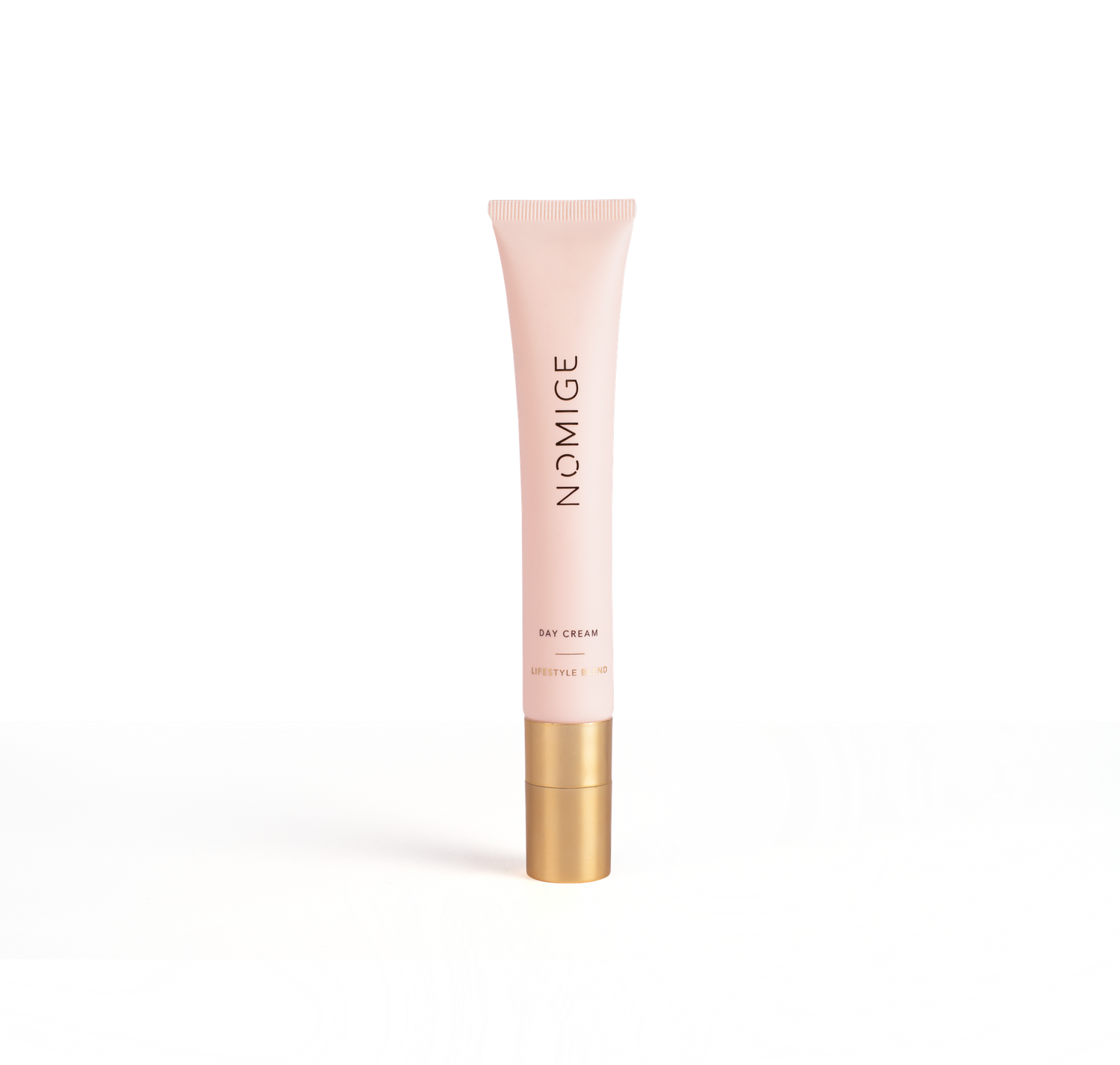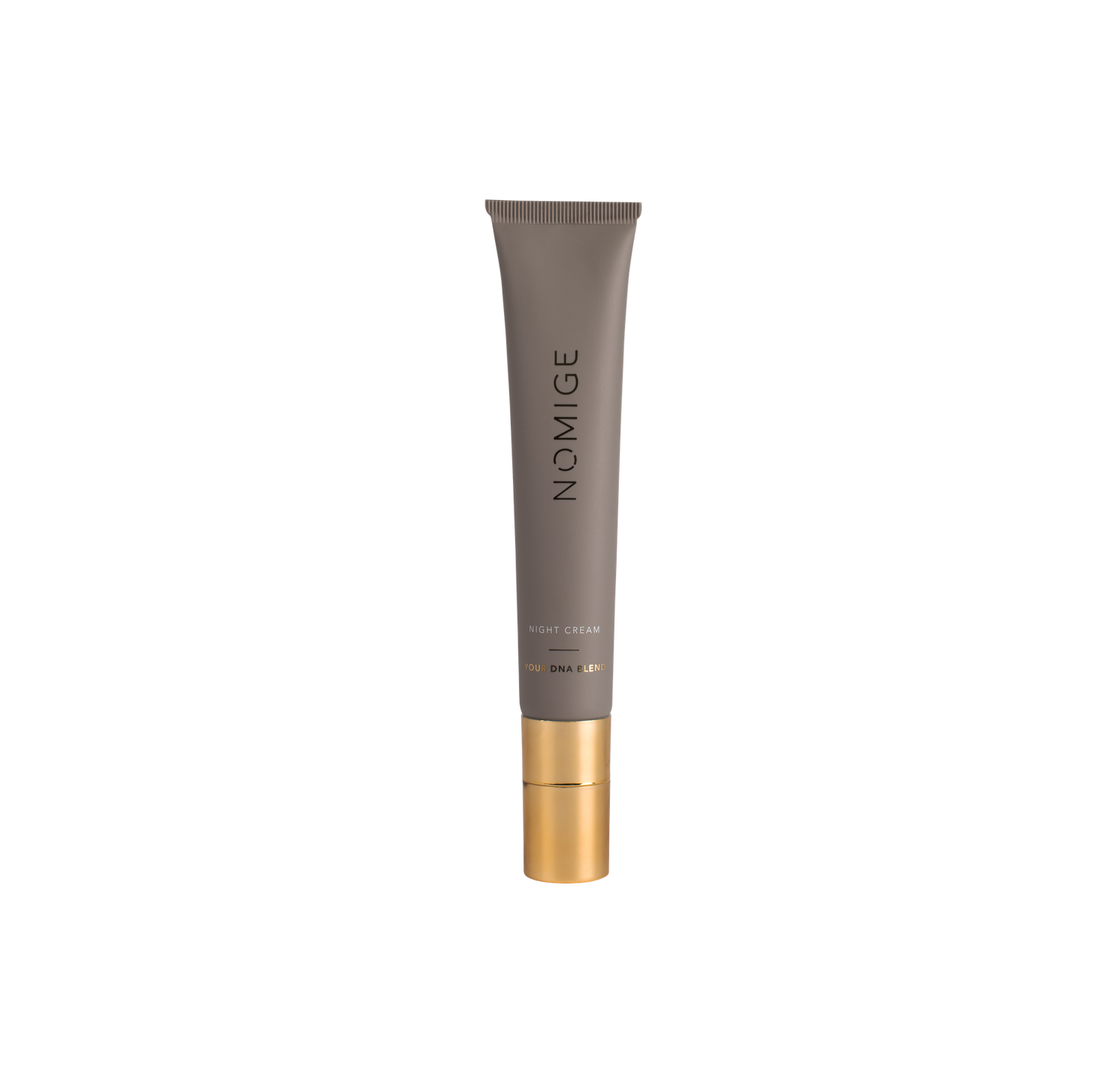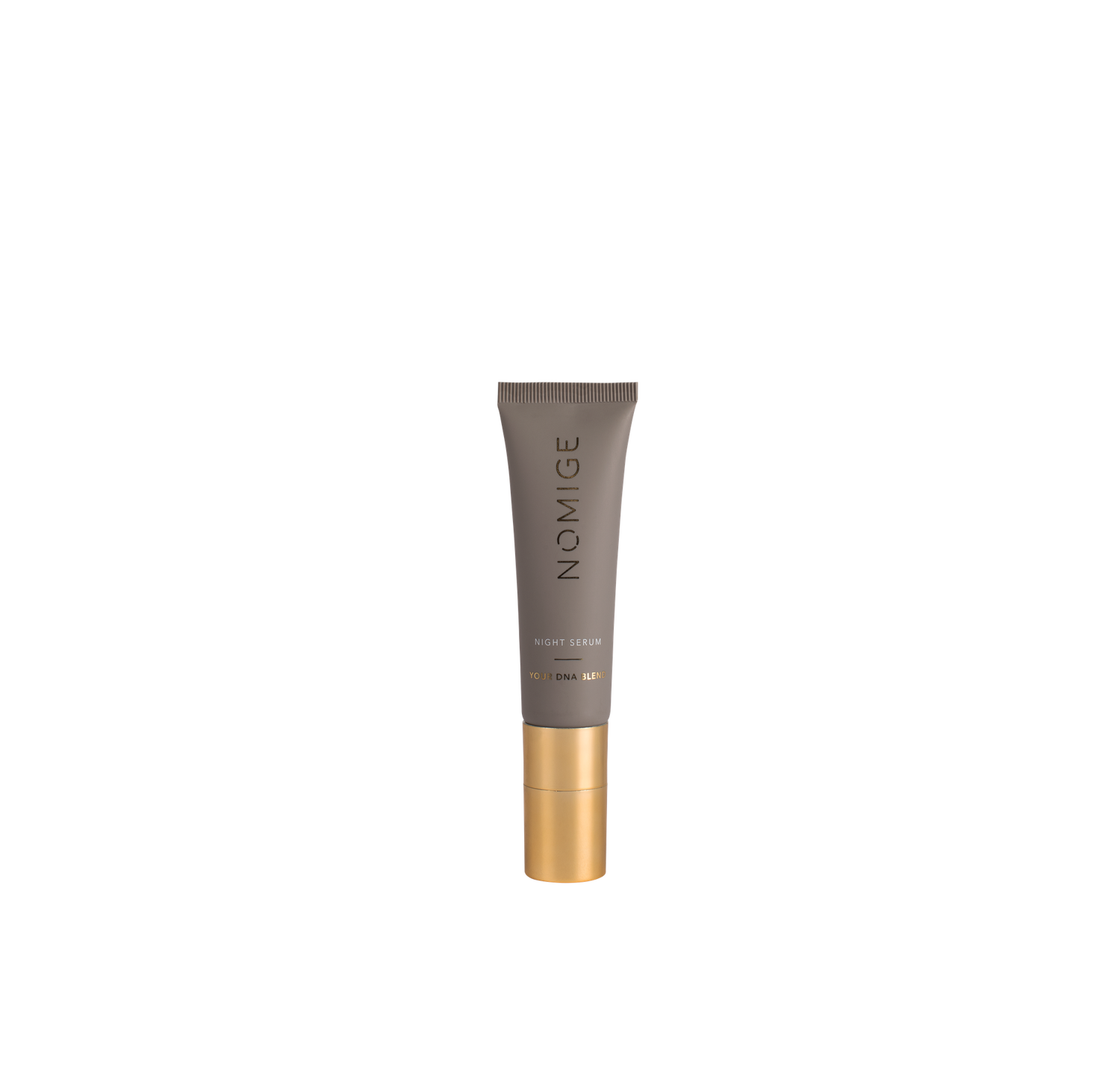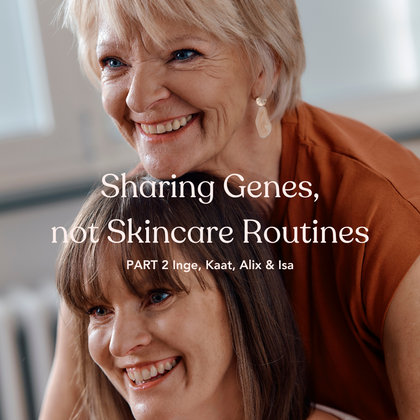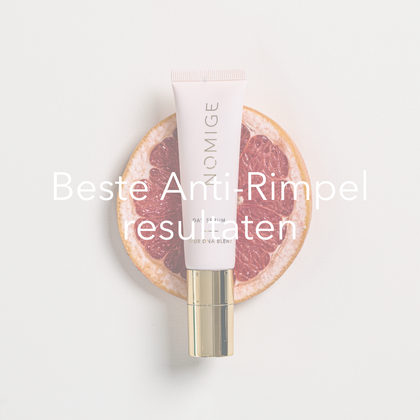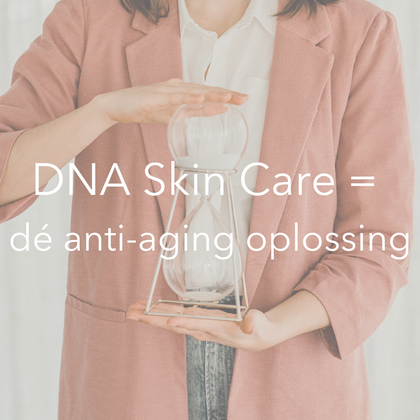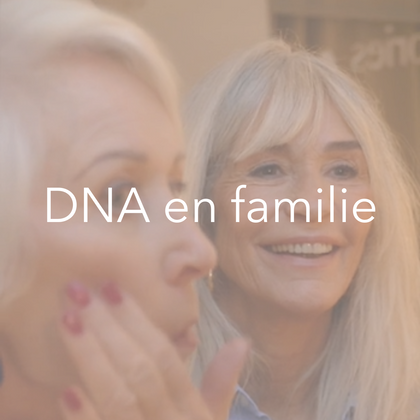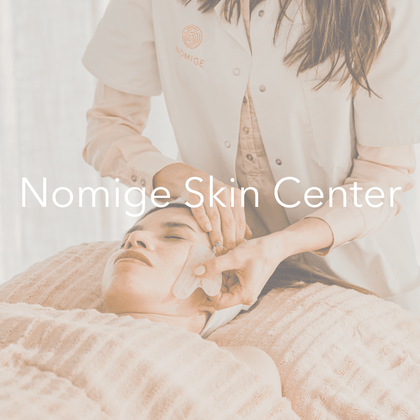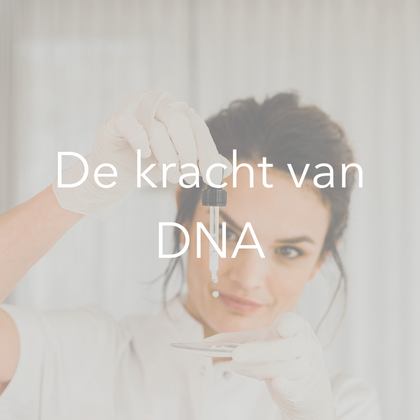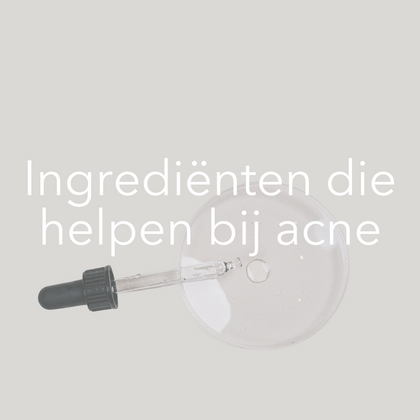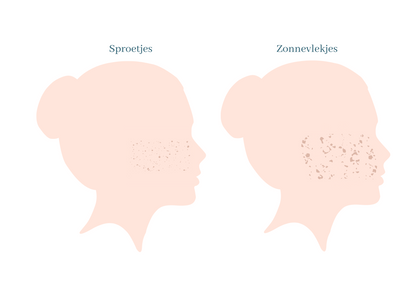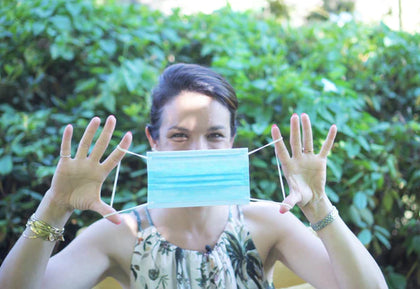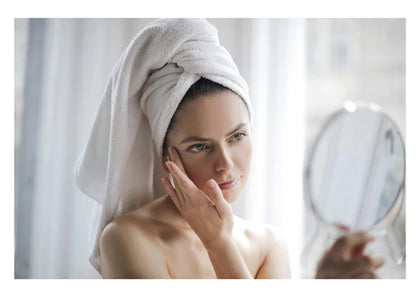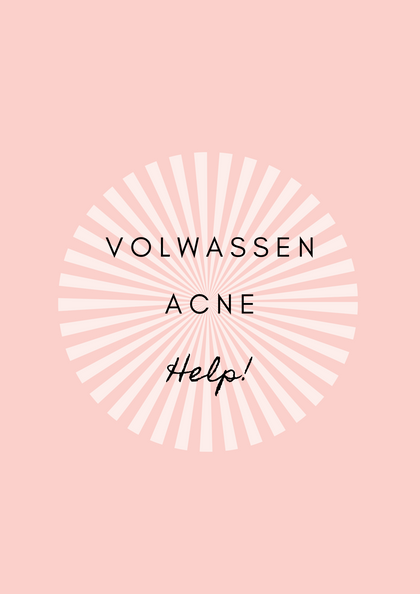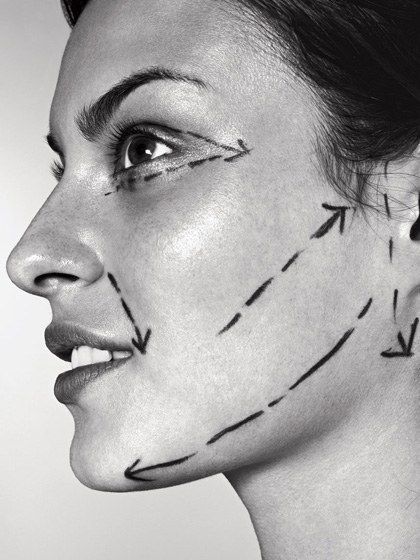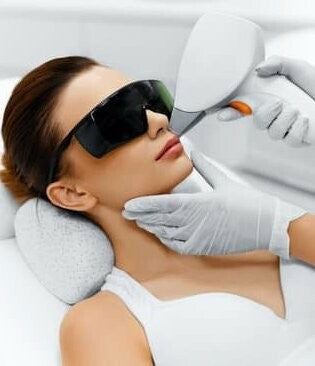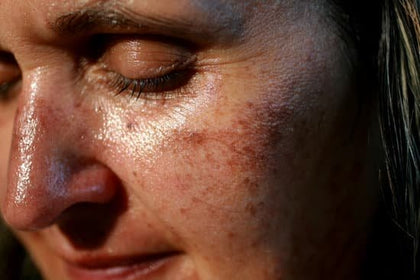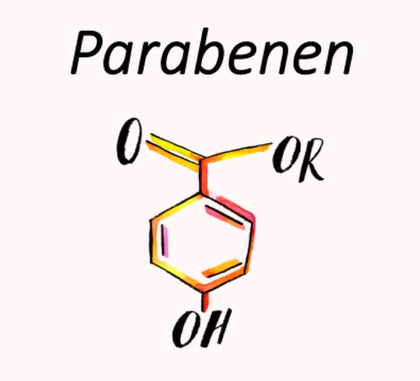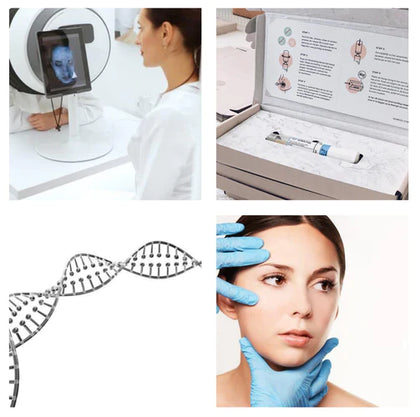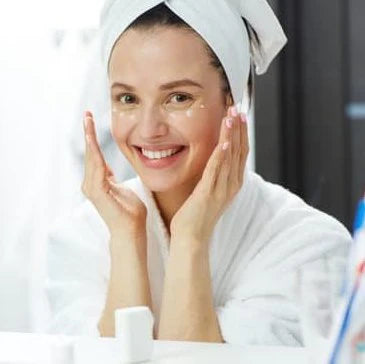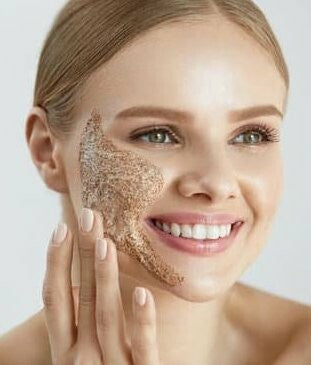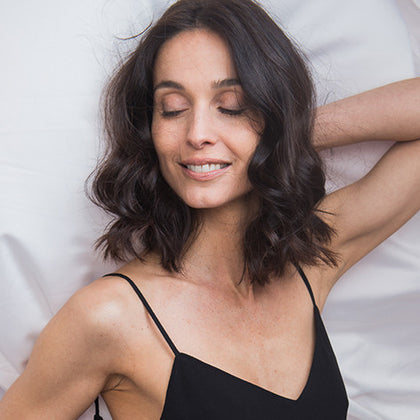Lasers
In previous blogs we already talked about fillers, PDO wires, microneedling and the facelift, but lasers weren't mentioned yet. We would like to let Dr. Heykants talk about this subject. Dr. Bieke Heykants is founder of 'Da Vinci Clinic', and one of our partners. She also specializes in dermatology and is happy to provide you with a wealth of information about ... lasers of course.
We often hear about lasers, but one laser is not the other. For example, a beautician sometimes works with lasers, but can you briefly list which lasers are used for which condition?
Dr. Heykants: "Lasers are devices that work on the basis of a powerful beam of light of one particular wavelength (one colour). This light acts on a target or chromophore: there are three chromophores on which they can act, namely water, blood (red blood cells) and pigment. So for each target you want to treat, you need a different device."
Could it be that lasers 'don't work' or that you don't see any effect? On what does it depend?
Dr. Heykants: "The indication is very important. This means that it is very important to know what each device stands for and to take into account the chromophore on which the laser works; a pigment laser will not work on blood vessels. With the correct indication, a laser will always work, but often multiple treatments are necessary."
TYPES OF LASERS
- The laser devices that work on the red blood cells can therefore be used for rosacea, veins on the legs.
- The devices that work on pigment are used for the treatment of age spots, tattoos but also for hair removal. Lasers that work directly on "hair" do not exist, they always work on the color present in the hair. This is the reason why hair removal lasers do not work on gray and blond hair.
- Finally, there are lasers that work on water and thus can vaporize the water present in our skin (60%) and in this way can 'shave' the skin: they are therefore called 'abrasive lasers'. They can be used for skin rejuvenation : they can reduce wrinkles, make the skin more beautiful in structure and also remove skin thickening (benign spots...).

After the treatment(s), is the effect of lasers permanent (hair removal is permanent, but what about pigment or rosacea)? If not, after how many months do you have to come back?
Dr. Heykants: "Some lasers indeed give a definitive result because they destroy the target e.g. a hair can be destroyed, a wart-like pigment spot can be removed or a sweat gland or fat cell can be destroyed. However, most devices require maintenance treatments such as rosacea or veins on the legs you can have a very nice result after a few treatments, but most people develop new blood vessels that need to be treated after a year or a few years.
Even with a firm anti-wrinkle treatment with laser you usually have results for a few years. In other words, lasers also work on skin rejuvenation. Of course, you also benefit a lot from a good skin care routine, because it gives you more time until your maintenance treatment".
Does a laser treatment hurt?
Dr. Heykants: "You can feel most lasers, as far as I know, no device is completely painless. There are devices that are more painful than others and some treatments require adequate pain relief because otherwise the treatment is too painful. There is also sometimes a need for nurturing after-treatment, especially with the lasers that work on water because usually wounds are left behind. It may sound a bit 'scary', but of course you will always be treated with the best care".
What's the cost?
Dr. Heykants: '"The price depends very much on what needs to be treated and which laser device is used. All treatments and rates can be found here."

OTHER TREATMENTS
Dr. Heykants: "In addition to lasers, there are other devices that work on the basis of light but not with light of a certain wavelength: these devices are then called flashlights or IPL (intense pulsed light). They have a wider range of treatment options but are less specific and can increase the risk of side effects (burns).
Finally, you also have devices that are strictly speaking not lasers because they do not work with light (but lasers work with visible or infrared light) but with electromagnetic beams such as radio frequency, microwave beams, ultrasono ... This is what we call energy-like devices. These devices mainly bring heat into the skin and subcutaneous tissue and are therefore ideal for:
- Creation of new collagen resulting in skin tightening,
- fat dissolving using heat,
- Drying out sweat glands under the armpit, thereby tackling excessive perspiration."
Thank you!!
Thank you very much Dr. Heykants for the detailed explanation of a very interesting topic.
Would you like personal advice or to know more about the treatments of Da Vinci Clinic? Please feel free to contact us.
Lots of love,
Team Nomous
Follow our story
Connect with us and follow the hashtag #MyNomige to stay up to date of the latest skin tips and news.
Follow our story
Connect with us and follow the hashtag #MyNomige to stay up to date of the latest skin tips and news.
